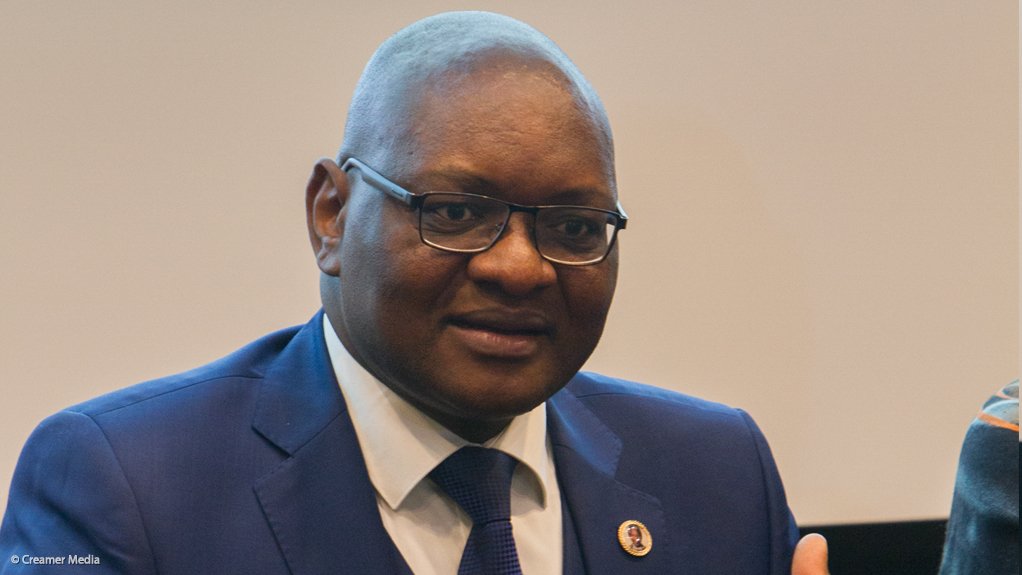Gauteng Premier David Makhura has outlined a range of initiatives to bolster power supply across South Africa’s wealthiest province, including a plan to increase municipal coal-fired power generation by 1 200 MW and to use provincial government buildings to install up to 500 MW of rooftop solar capacity.
Delivering his 2015 State of the Province address against the backdrop of investment- and confidence-sapping power cuts, Makhura stressed that Gauteng’s transformation, modernisation and reindustrialisation vision would not be realised “without paying serious attention to the critical issue of energy security”.
He said “every step” had to be taken to ensure that the province, South Africa’s smallest but most populous, could power its “massive industrial, human settlements and public transport developments” and sustain and expand its contribution to economic growth and job creation.
“At current prices, ours is now a more than R1-trillion economy. Our province contributes 36% to the country’s gross domestic product (GDP), 40% of total industrial output and 60% of exports,” the Premier said. Gauteng, he added, accounted for more than 10% of Africa’s GDP and was the country’s largest contributor to national employment, with 4.88-million people employed in the province in 2014.
Six interventions to broaden the Gauteng City Region’s energy mix were announced, including working with municipalities to add 1 200 MW of additional coal-fired generation by increasing capacity at the Rooiwal and Pretoria West power stations, in Tshwane, and the Kelvin power station, east of Johannesburg.
The Kelvin power station was currently in the process of being sold by Investec and Nedbank, but it was not yet clear whether the new owner would be willing to raise output from the plant.
Nevertheless, both the province and the City of Johannesburg had made it clear that they would like to see the plant’s output restored closer to its 600 MW nameplate capacity, having operated well below that level for decades.
The other five initiatives outlined included:
- Installing rooftop solar panels on the eight-million square metres of roof-top space available across provincial government buildings, which could be sufficient to generate between 300 MW and 500 MW.
- Implementing a programme to retrofit coal-fired boilers to natural gas.
- Deploying tri-generation plants at the six provincial hospitals.
- Harnessing biogas waste to produce energy.
- And installing energy efficienct lighting across provincial government facilities, over-and-above the 45 000 lamps already replaced across health facilities.
Makhura said the province was also hoping to attract green-energy investors, revealing that it was working with the University of Johannesburg and the private sector to build a solar-panel manufacturing plant in the province.
“This project, which is worth R7-billion, will supply 500 MW of solar energy and will create more than 15 000 direct and indirect jobs,” the Premier said.
EMAIL THIS ARTICLE SAVE THIS ARTICLE
To subscribe email subscriptions@creamermedia.co.za or click here
To advertise email advertising@creamermedia.co.za or click here











